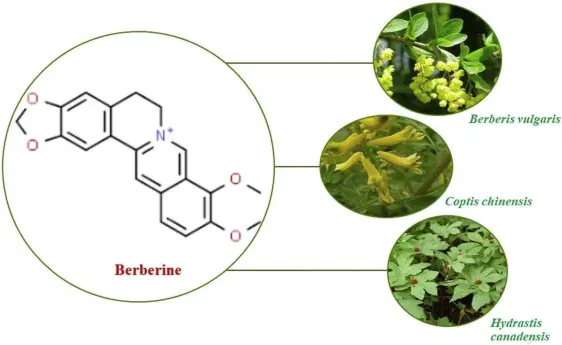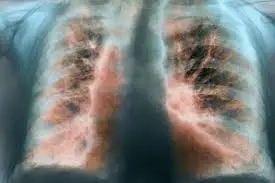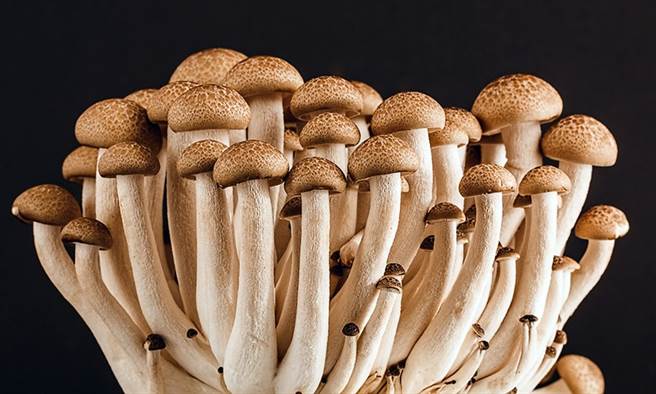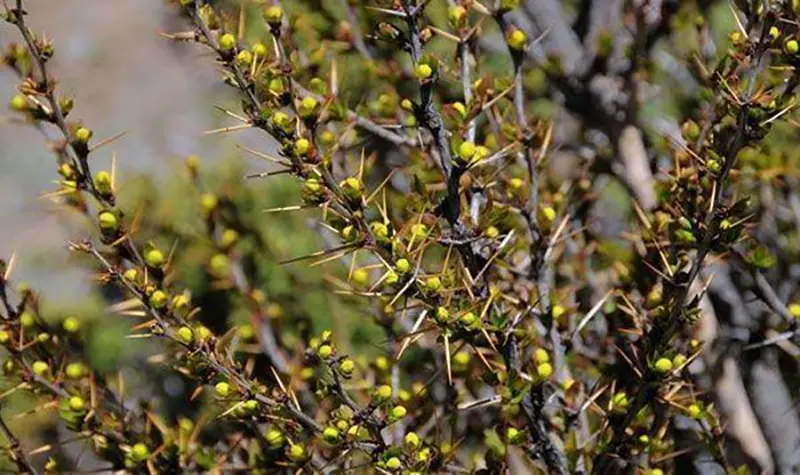Fisetin: A Natural Solution for Itch Relief
Fisetin, a flavonoid found in fruits and vegetables such as strawberries, apples, onions, and Japanese persimmons, is renowned for its antioxidant, anti-inflammatory, and cell-protective properties. Recent research published in Life Sciences by Denis Nchang Che et al. highlights fisetin’s potential to alleviate histamine-independent pruritus (itching). The study suggests that fisetin inhibits mast cell-mediated itch through the suppression of key signaling pathways, providing a promising avenue for developing novel antipruritic therapies.
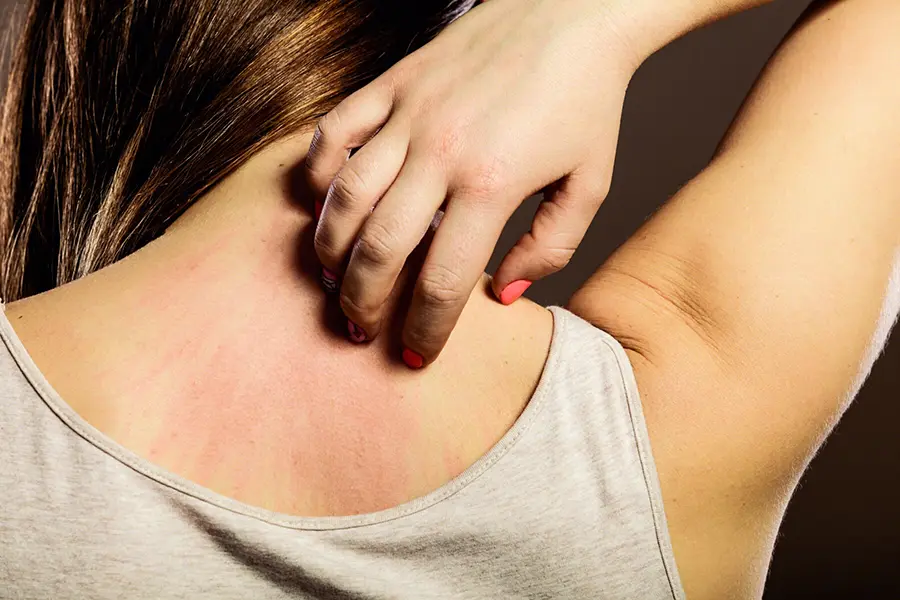
1. The Anti-Itch Properties of Fisetin
The study utilized a mouse model of acute itching induced by Compound 48/80 to examine fisetin’s effects. Mice pretreated with fisetin at a dose of 50 mg/kg exhibited a significant reduction in itch-related scratching behaviors. On average, untreated mice displayed over 80 scratching episodes, while fisetin treatment reduced this number to fewer than 50. These results demonstrate fisetin’s ability to mitigate itching effectively.
2. Mechanisms Behind Fisetin’s Anti-Itch Effects
2.1 Reduction of Mast Cell Count
Mast cells play a pivotal role in the development of itch by releasing inflammatory mediators. The study utilized toluidine blue staining to quantify mast cell populations in mouse skin after Compound 48/80 administration. In the fisetin-treated group, mast cell counts per unit area dropped significantly from approximately 25 to fewer than 10, indicating that fisetin effectively suppresses mast cell proliferation and activation.
2.2 Inhibition of IL-31 and Histamine Release
Fisetin’s antipruritic effects are further attributed to its ability to inhibit the release of IL-31 and histamine, two key mediators of itching. When human mast cells (HMC-1) were stimulated with PMA and calcium ionophore A23187, fisetin significantly reduced IL-31 and histamine secretion. It also decreased IL-31 mRNA expression and protein levels, highlighting its comprehensive regulatory effect on mast cell activity.
2.3 Suppression of MAPKs and NF-κB Activation
The study identified the mitogen-activated protein kinase (MAPK) and nuclear factor kappa B (NF-κB) signaling pathways as central to fisetin’s mechanism of action. Fisetin inhibited the phosphorylation of MAPKs and prevented NF-κB activation and nuclear translocation, thereby reducing the production of inflammatory cytokines like IL-31. This dual inhibition underscores fisetin’s role as a potent anti-inflammatory agent.
Conclusion
Fisetin’s ability to reduce mast cell numbers, inhibit the release of itch mediators, and suppress inflammatory signaling pathways positions it as a promising natural compound for managing pruritus, especially in histamine-independent cases. By addressing the underlying mechanisms of itch at multiple levels, fisetin offers a novel approach for treating chronic and acute pruritic conditions.

